China Umbrella Museum – Ticket, Opening Hours, Location, and Highlights
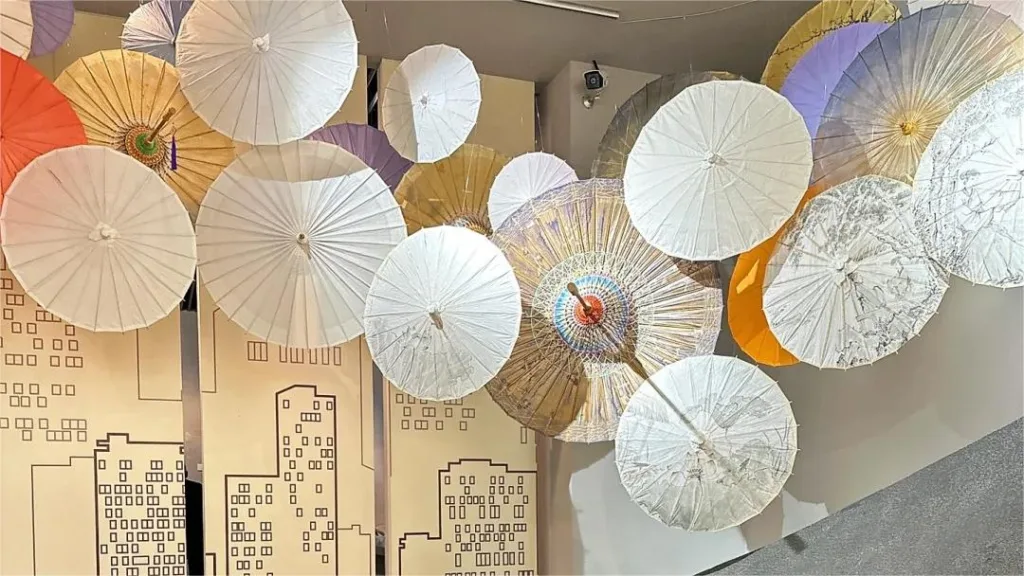

The China Umbrella Museum (中国伞博物馆) in Hangzhou comprehensively showcases Chinese umbrella culture, history, stories, umbrella-making craftsmanship, and umbrella art. It is the world’s first umbrella-themed museum. With an exhibition area of 2411 square meters, the museum’s main color scheme features white walls and gray tiles. Additionally, the museum includes interactive areas where visitors can assemble umbrella components, paint umbrella surfaces, and repair umbrellas.
Umbrellas are closely associated with rain, and the China Umbrella Museum highlights this connection. Multimedia presentations depict virtual rainy scenes and light mist, recreating the atmosphere of the Jiangnan region during the rainy season, with its long alleys and pedestrians slowly walking under umbrellas.
Оглавление
- Основная информация
- Расположение и транспорт
- Exhibitions in China Umbrella Museum
- Vlog about China Umbrella Museum
- Attractions near China Umbrella Museum
Основная информация
| Предполагаемая продолжительность тура | 2 часа |
| Цена билета | Бесплатно |
| Часы работы | 9.00 - 16.30; Последний вход: 16.00 Закрыто по понедельникам |
| Номер телефона | 0086-0571-88197508 |
Расположение и транспорт
Located at 336 Xiahe Road, Gongshu District, Hangzhou City, Zhejiang Province, China Umbrella Museum is situated in the historical and cultural district west of the Gongchen Bridge. To get there, you can choose one of the following ways:
Автобус: Take Bus 1, 15, 58, 65, 98, 129, or 1231 and get off at Gongcheng Bridge West Stop (拱宸桥西站).
Метро: The closest metro station to China Umbrella Museum is Dayunhe (Grand Canal, 大运河) on line 5. After getting out of the station from Exit D, walk about 500 meters to the east to reach the museum.
Exhibitions in China Umbrella Museum
Origin of Chinese Umbrellas
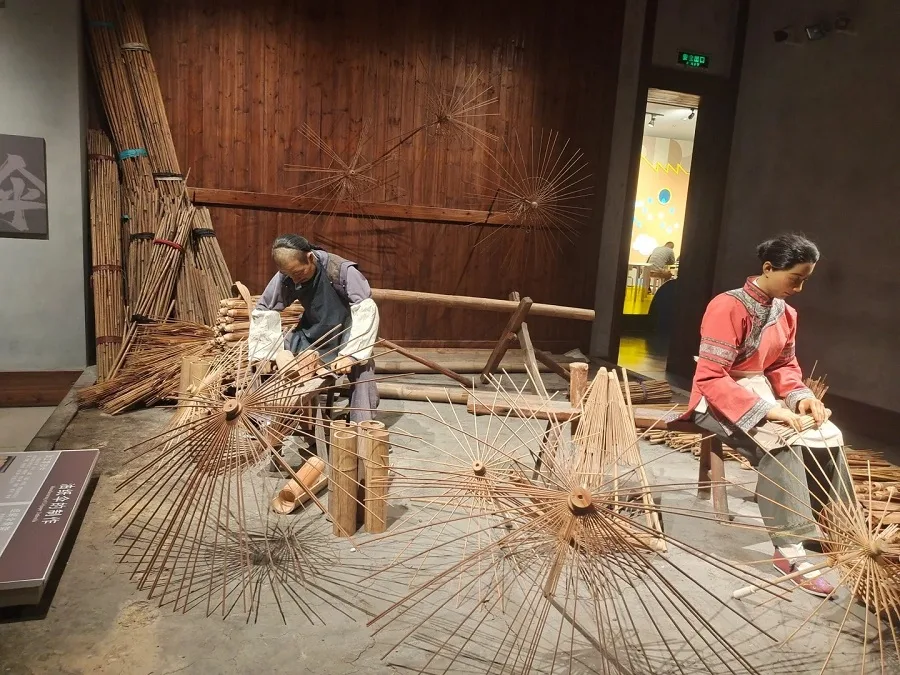
The origin of the umbrella remains a question that lacks a clear answer. In ancient China, there were various legends and literary works about the invention of the umbrella, along with some archaeological materials for exploration. While these materials may not provide precise answers, they ignite endless imagination. The exhibition present speculative viewpoints here, allowing visitors to make their own judgments. Perhaps one day, it will be your perspective that unlocks the mystery of the origin of Chinese umbrellas, becoming the recognized conclusion by all.
Oil-paper Umbrellas and Oil-cloth Umbrellas
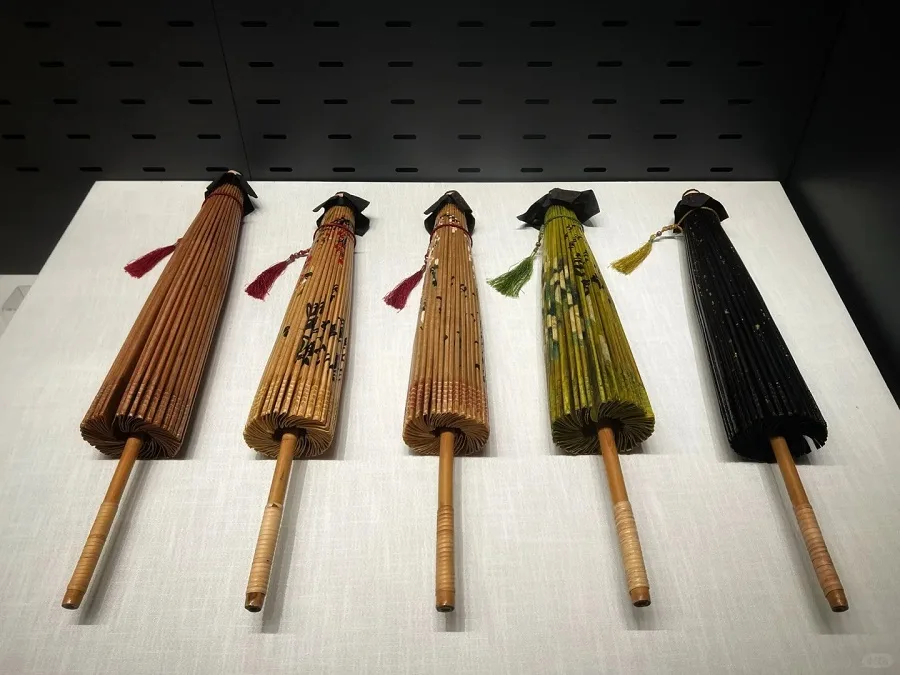
Before the Han Dynasty, umbrellas were relatively large in size, possibly woven from silk, feathers of birds, and other materials. Due to their high cost, they were mainly popular among the upper class. However, with the invention of paper during the Han Dynasty, the situation underwent a fundamental change. When paper was used as the umbrella surface, umbrellas became affordable commodities for people, becoming closely associated with daily life. Umbrellas with a layer of tung oil applied on the surface for waterproofing were known as oil-paper umbrellas, possessing excellent rainproof properties. With the rise of the cotton industry, oil-cloth umbrellas made of cotton fabric as the umbrella surface material also emerged. They were more durable than oil-paper umbrellas, albeit at a higher price, and gained popularity. In modern times, traditional umbrella-making faced fierce competition from modern umbrella-making. Craft umbrellas with clear aesthetic functions emerged, providing people with both aesthetic enjoyment and a sense of nostalgia.
Beautiful West Lake Silk Umbrellas

Silk has long been used as a material for umbrella surfaces, especially after the middle Tang Dynasty when silk became more widespread, leading to the further popularity of silk umbrellas. Lin’an (Modern Hangzhou), the capital of the Southern Song Dynasty, was the umbrella-making center of the country. There, a variety of silk umbrellas were available in the market, including large and small yellow silk umbrellas, cooling umbrellas, red and green small umbrellas, and square umbrellas, providing customers with a wide range of choices. In modern times, West Lake silk umbrellas, as the most beautiful branch of the silk umbrella family, emerged as outstanding representatives of Chinese silk umbrellas. Utilizing bamboo for the frame and silk for the canopy, West Lake silk umbrellas are delicate, elegant, and compact. The design of the umbrella handle not only focuses on artistic variations but also emphasizes comfortable grip and smooth lines. Furthermore, the threading of the umbrella and the design of the umbrella button reflect folk flavors, enhancing the exquisite craftsmanship of silk umbrellas and showcasing rich local colors of the Jiangnan region.
Umbrella Culture
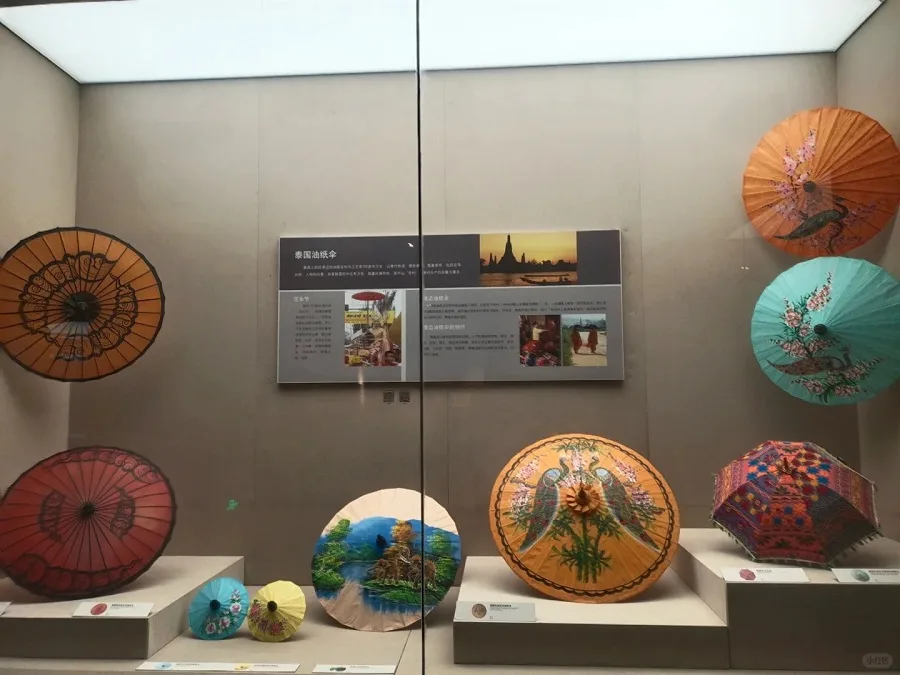
As umbrellas accompany people’s lives, individuals attribute their emotions, beliefs, and symbolic meanings to umbrellas. The cultural connotations formed by umbrellas through historical accumulation are extensive, profound, and complex. Its system, form, color, and even its Chinese character evoke infinite associations. Umbrellas are not only part of the ceremonial system that separates crowds but also serve as a medium for connecting people with common aspirations. They bring joy and auspiciousness while also embodying unspoken taboos in folk mentality. It is within this diverse range of emotions that various rich and diverse umbrella cultures have developed across different regions.
Umbrellas Going Global

Umbrellas have appeared in some regions outside of China very early on. In ancient Egypt, umbrellas were part of the pharaoh’s regalia, while in ancient Greece, they were exclusive accessories for noblewomen to shield themselves from the sun. Throughout the long Middle Ages, aside from the church retaining umbrellas for ceremonial purposes, they were absent from people’s daily lives. It is generally believed that umbrellas truly became practical items for people’s lives, whether in the East or the West, originated from China. During the Tang Dynasty, Chinese umbrellas spread to Korea and Japan, flourishing especially in Japan. From the mid-16th century, sporadic Chinese umbrellas entered Europe, but it wasn’t until the mid-17th century that umbrellas began to be incorporated into the daily lives of Europeans. As umbrellas spread globally, they not only brought convenience to people worldwide but also enriched local cultures.
Vlog about China Umbrella Museum
Attractions near China Umbrella Museum
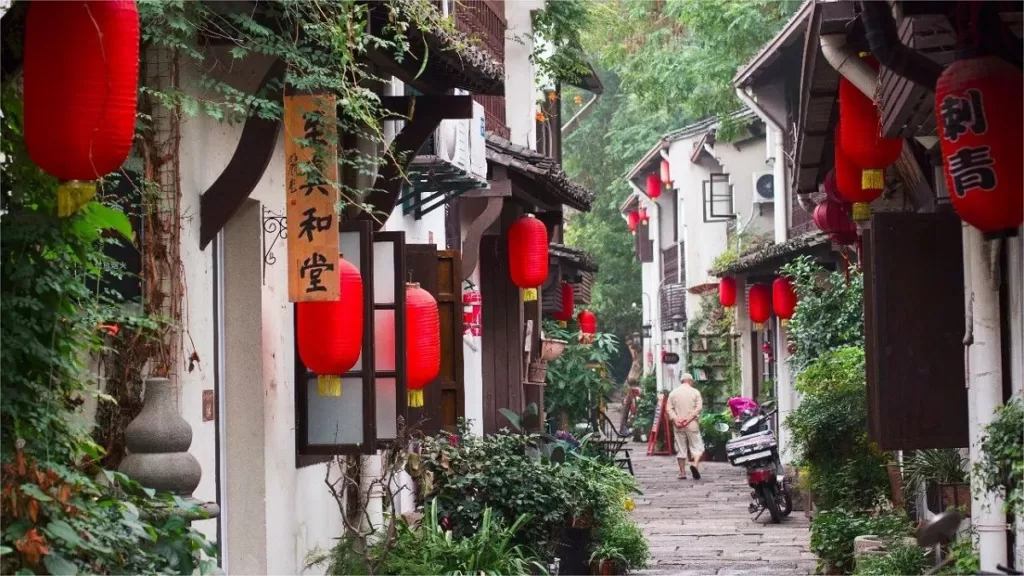
Xiaohe Street Historic Block

Xiangji Temple

Dadou Road Historical and Cultural Block

Gongchen Bridge
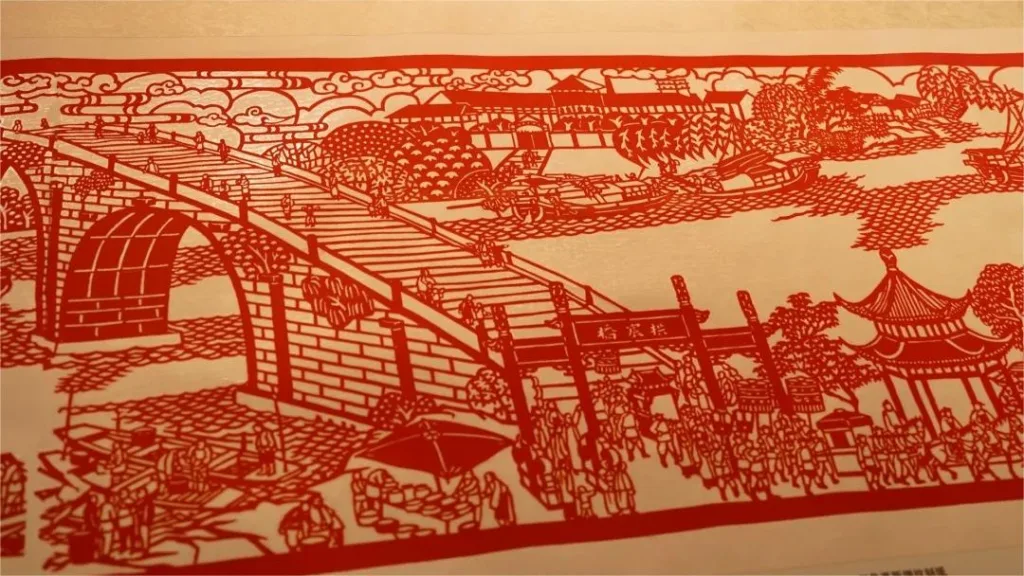
Hangzhou Arts and Crafts Museum
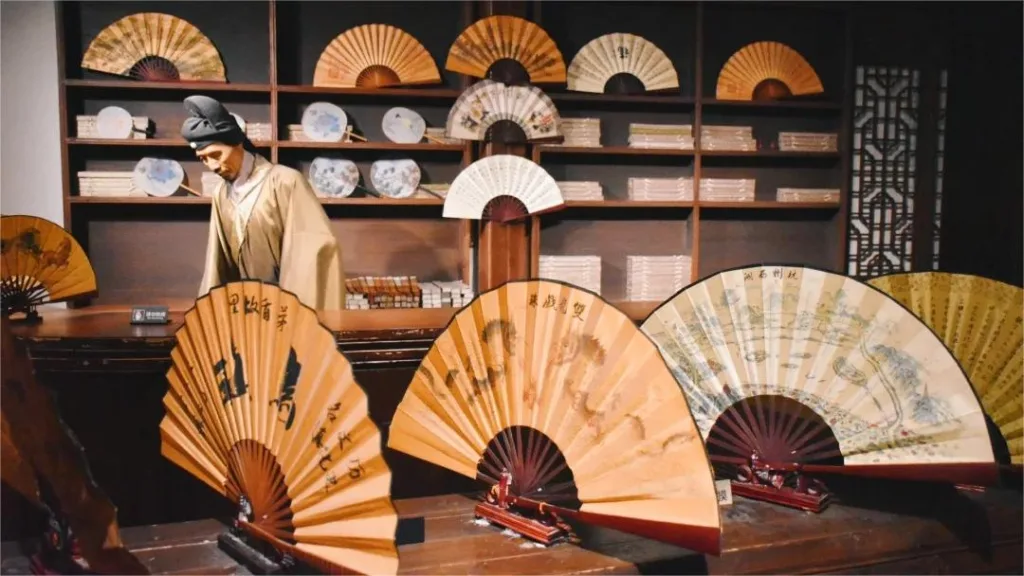
China Fan Museum

China Knife, Scissors, and Sword Museum
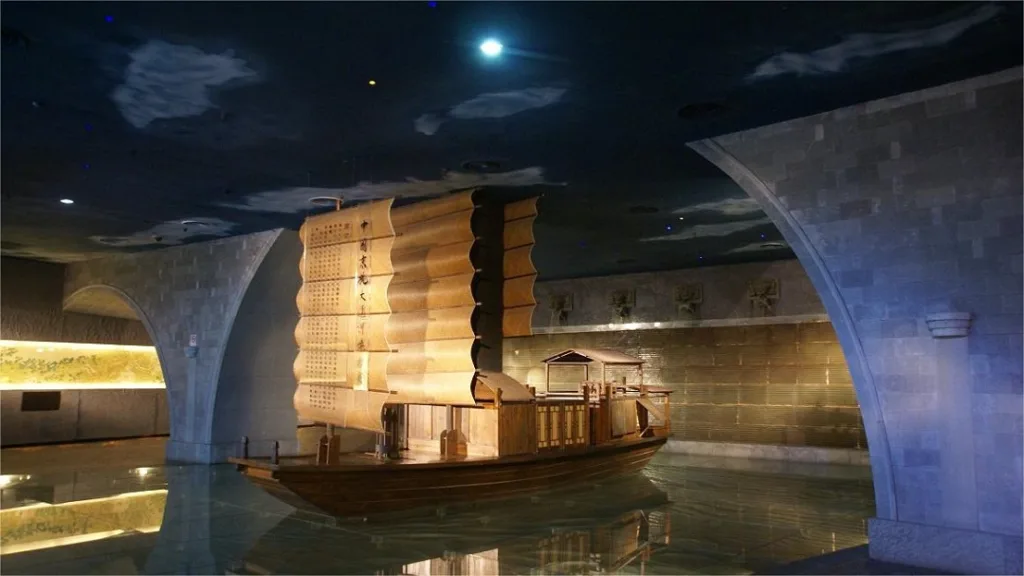
Beijing-Hangzhou Grand Canal Museum
Достопримечательности Ханчжоу, Музеи Чжэцзяна